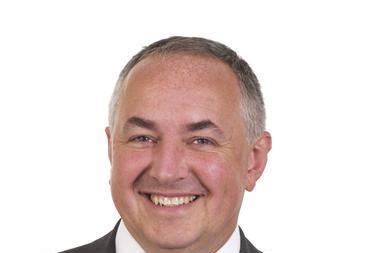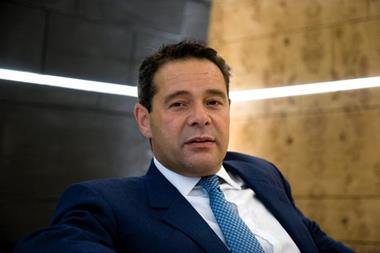Let’s learn the lessons of the past and change whenever necessary, says Peter Grove as he prepares to retire after a lifetime in insurance
Postscript
As an underwriter for the past 35 years and about to start my retirement after a very fulfiling career, it is perhaps useful to reflect on what the lessons of the past can teach us today. After all, understanding and learning from past losses is a key skill of a successful underwriter.
I am struck when viewing the ongoing soul searching in the banking sector, that many of the failures of the credit crunch are similar to those of the London Market excess of loss (LMX) spiral that I witnessed first-hand in the 1980s. Despite the traumatic impact at the time, our industry learned many lessons that we continue to benefit from today.
Like the sub-prime mortgage crisis, the spiral relied on business coming into the market, initially underwritten at a high price, but with all the risk associated with it then passed on up the LMX chain. Those at the top of the chain had little understanding of the nature of the initial risk.
Many of the worst excesses of the LMX spiral and the credit crunch were simply fuelled by this complete lack of understanding of what was being offered, combined with the complacency of past success and an unwillingness to miss out on apparent profits and even perhaps, fear of missing out when others were making so much money. Complacency, general ignorance and focus on apparent, rather than real, profits led to a failure to maintain the essential disciplines of a rational assessment of the true values at risk, or to give credence to the reality check of worse case scenarios, be they large storm losses or a collapse in house prices, actually occurring.
Ultimately, like the sub-prime game of pass the parcel in 2007, a day of reckoning was on its way to the LMX market of the late 1980s. This took the form of a string of major losses, including the UK’s major storm in October 1987, the Piper Alpha oil-rig disaster in 1988, Hurricane Hugo among others in 1989 and further major European storms in early 1990. The LMX spiral losses, combined with the asbestos and pollution crisis, created by claims from decades past that developed throughout the 1980s, was enough to bring the London Market and Lloyd’s in particular, to its knees. To cap it all, Hurricane Andrew in 1992 helped put the proverbial final nail in the coffin.
The fallout was enormous – capacity fell, companies and syndicates closed, many lost their jobs and there was overwhelming demand for change. At the same time there was a febrile atmosphere of crisis and recrimination triggering litigation, in particular against the underwriters who suffered the largest losses, with the spotlight of the media focussed incessantly on the industry’s problems. Not unlike the media frenzy we have seen in the past 18 months.
Change, however, did come and the market we all work in today is very different than that of two decades ago. This change happened through full and thorough reviews of the system and the establishment of new structures and regulatory regimes focused on bottom line profitability.
Perhaps the biggest change was increased professionalism, including the development of qualified, experienced and competent management teams and much greater understanding of the business. The old world was run mainly by ill-equipped underwriters; particularly in Lloyd’s which seemed a bit like a club, where the business was only really understood by a small group.
I now believe that at all levels across insurance companies and Lloyd’s syndicates there is tremendous understanding of how our business works and the risks that we accept.
By weeding out weaker participants and developing a business focused on bottom line profits rather than revenues, the underwriting profession has been transformed. A true meritocracy, which has allowed the skills of underwriters, risk managers, claims professionals and a host of ancillary professions to flourish has been the key to this success.
QBE has integrated this approach across its business and, together with most of those in the industry, we are fanatical about understanding risk. Our focus is on monitoring accumulations, risk modelling and setting clear ethical underwriting standards, together with maintaining a culture where we only take on risks that are quantified, fully understood and effectively underwritten for profit.
The past decade has stress tested these new ways of working as we’ve witnessed two of the largest ever insured losses – 9/11 and Hurricane Katrina – combined with a twice in a decade plunge in asset values. The disciplines in place have helped maintain more controlled underwriting even when prices have seen renewed competition.
As I hope my thoughts here emphasise, experience and learning from the past are vital for success in our industry. We will need to be sure that underwriters have the necessary skills and discipline to continue to underwrite profitably through soft markets. We must be constantly ready to re-examine the way we do business, question the fundamentals of processes, learn lessons and change when necessary.
Finally, if I have learned anything over the years it is that we cannot take for granted that favourable conditions will last.
Always expect the unexpected and remember when conditions look perfect, that is just the moment we must be extra cautious.






































No comments yet